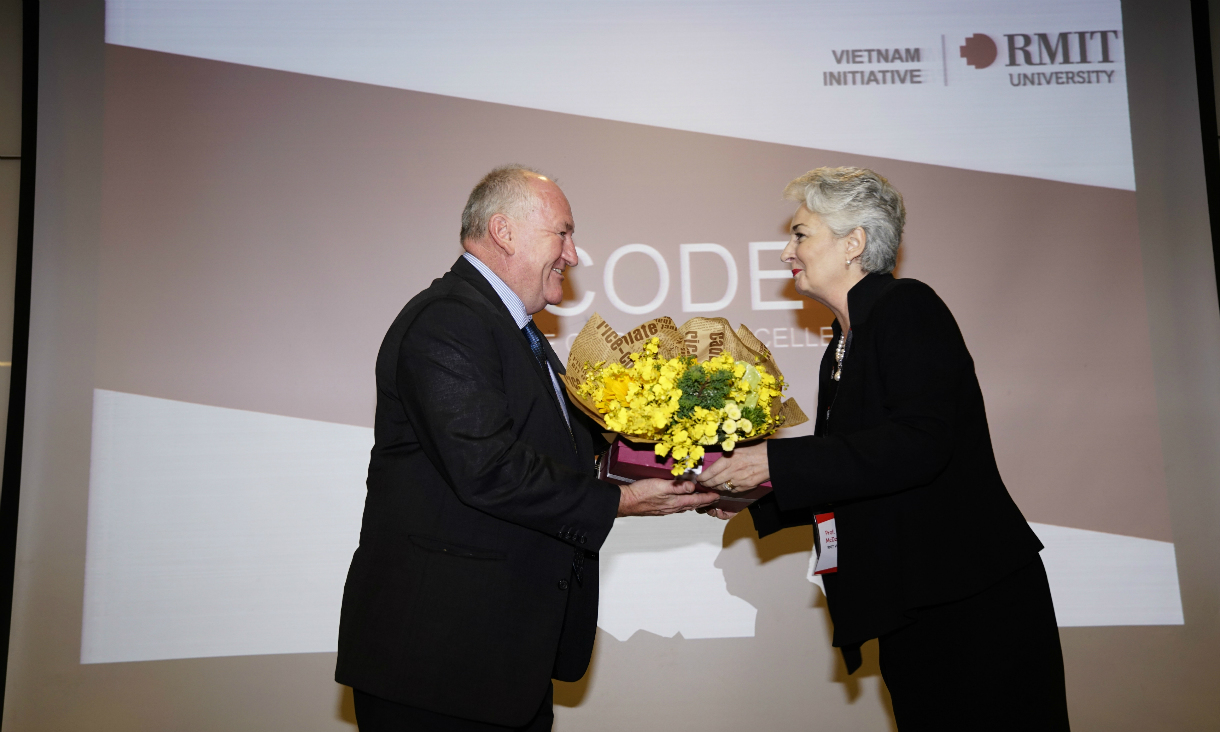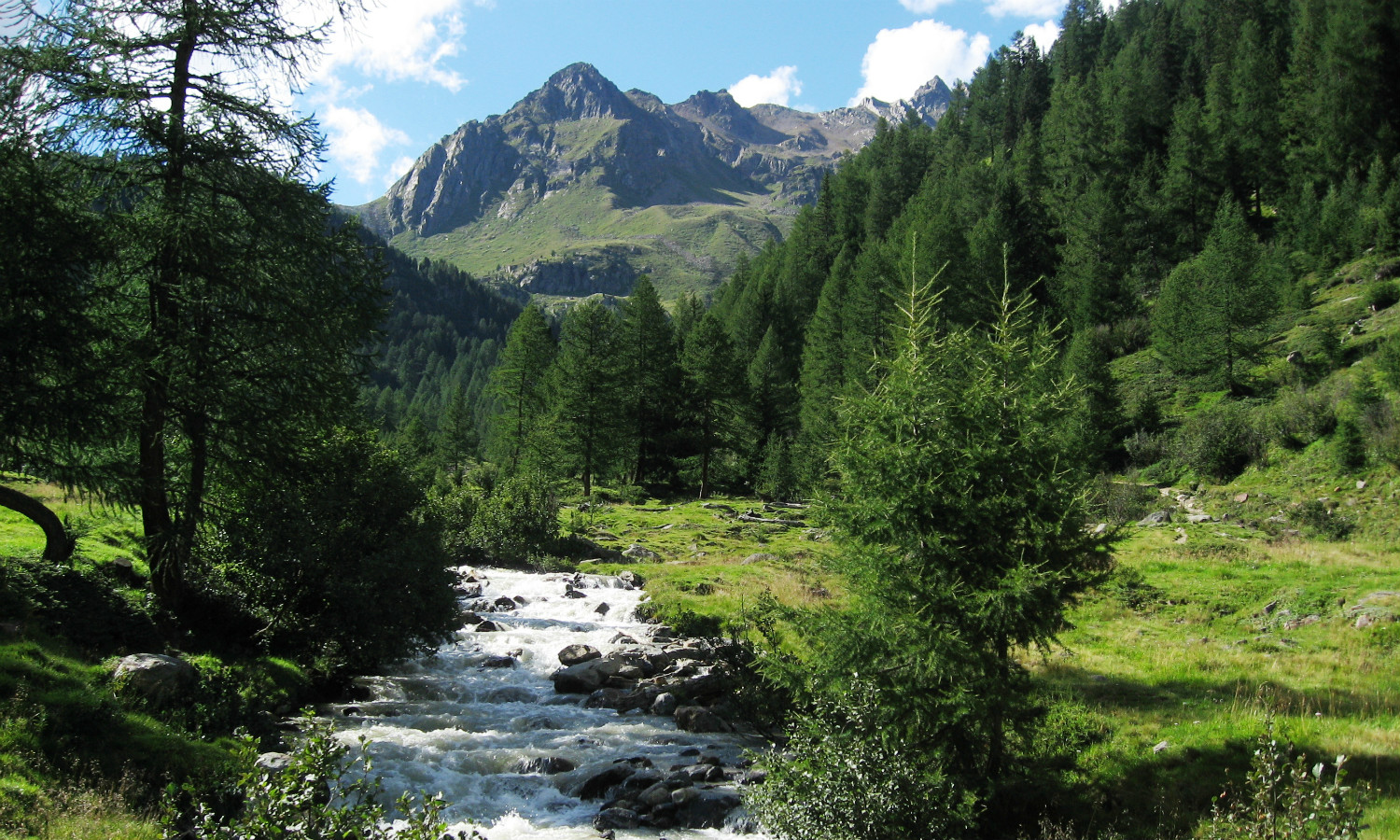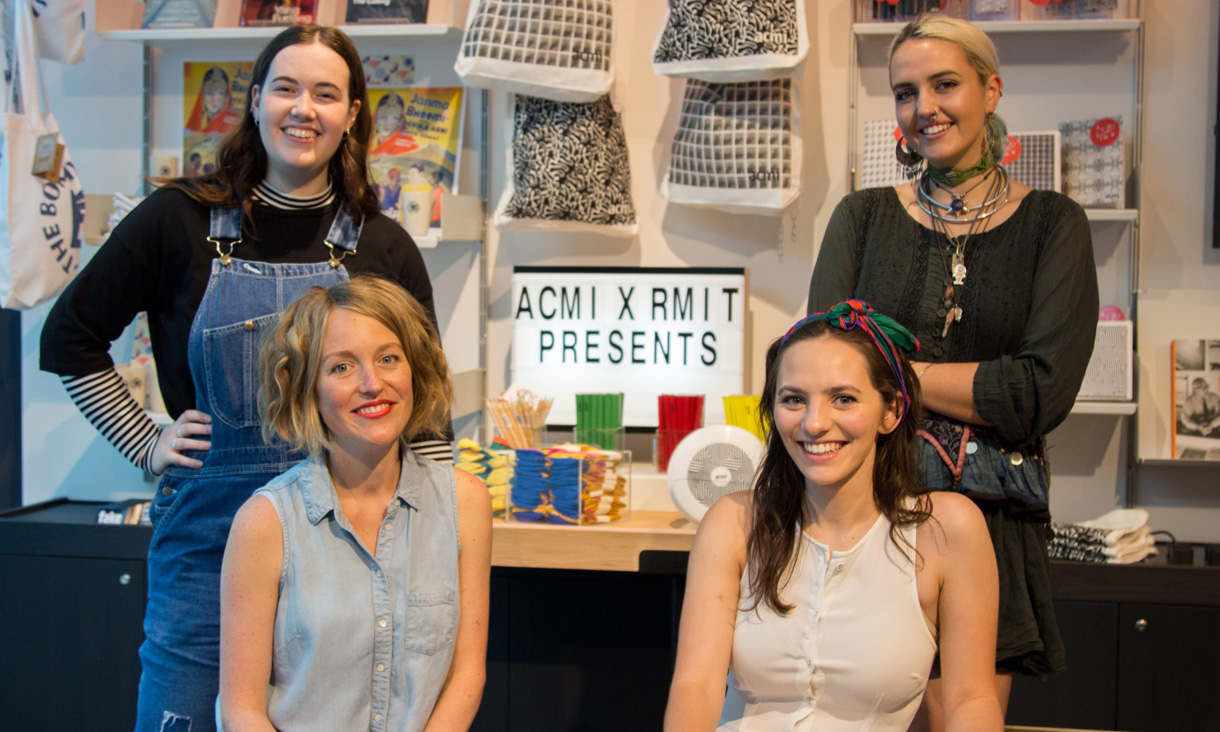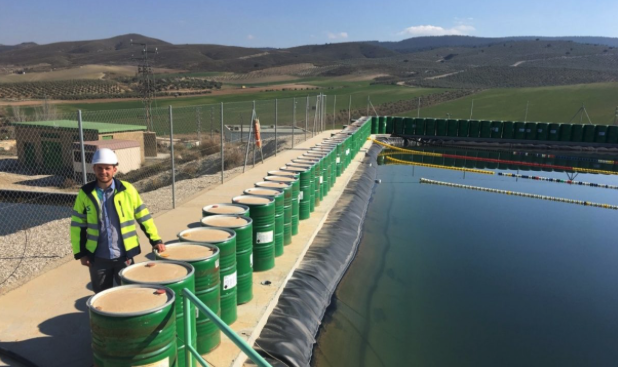Eight students in the Master of Media had the opportunity to learn about, listen to and creatively render World Heritage Nyungkal rainforest country.
The students worked with Kabanji Marilyn Wallace, senior elder of Bana Yarraliji Bubu, a homeland located 40km south of Cooktown in far north Queensland.
Rebecca Young, Program Manager for the Master of Media, engaged Wallace as an Indigenous media educator in the Collaborative Media Project course.
One of only a few fluent speakers of her language, Kuku Nyungkal, Wallace has extensive ecological expertise and educational experience.
During the six-day trip, the students learned how the bama (local aboriginal people) manage the land their way and how they connect with land, water and sea.
“Through our eyes, the students learned the ways we do conservation land management through our lore,” Wallace said.
“Our traditional knowledge has been passed down from generation to generation, and whilst each generation is unique our duty of care is still to look after the bubu (country).”
The field trip was led by lecturer Citt Williams, who often collaborates with Wallace and is a PhD candidate in Media and Communications.
Her research and teaching specialization includes using media methodologies to explore the complexities of Indigenous and intercultural environmental governance.
Williams said the trip was a great opportunity for the students to learn first-hand the realities of making media in remote and culturally challenging situations.
“Themes like ecological change and biocultural diversity are not straightforward,” she said.
The goal of the field trip was to grow a small intra-active media project (Muruba) that recorded and documented seasonal Nyungkal relationships to land and ecological change.
“The students worked really hard as a team, and with Marilyn, using their technical and creative skills, to cinematically articulate the project’s chosen themes.”
Through a series of daily activities and workshops, students learnt media methods appropriate for working collaboratively with indigenous colleagues.
Student Priyankar Ray said Muruba had helped him grow professionally and spiritually.
“My work ethics changed and this whole process has brought a whole new dimension to the way I would shoot, direct and edit a film."
Students also gained practical experience negotiating the customary lore policies and consequences associated with making media on (and for) country.
Ksenia Fedotova said she was grateful for the experience of working with Kuku Nyungkal people, learning to act according to their lore and customs.
“Muruba is the most interesting, challenging and time consuming project I have ever worked on."
Across the week, student groups were guided to generate bilingual media assets for a final three-minute video piece that spoke to both the UN-driven ecological assessment platform, Intergovernmental Platform on Biodiversity and Ecosystem Services (IPBES), and broader public audiences via online distribution.
Head of Communications at IPBES, Robert Spaull, also involved in the consultations said the students video work is technically strong, culturally and substantively on point and fully immersive.
“Driving advocacy and information through a compelling, simple yet deeply engaging narrative,” he said.
“It resonates strongly with the work IPBES is doing to ensure that indigenous and local knowledge is well-represented in our assessments.”
IPBES has featured Muruba on its YouTube site and on its Facebook, Twitter and LinkedIn channels.
Story: Wendy Little




